Toolkit Section 7:
How to Run for School Board
As a parent, one of the best ways to get involved with your child’s education is to become a member of your local school board, whether it be for your school district or your county’s Department of Education. But how do you get your name on the ballot? What do you need to know about running a campaign, and keeping it compliant with the law?
One of the first things to consider before running for public office is how it will affect your life and your family. Consider what seats you are eligible for, who else might be (or already is) running, and whether you’ll be able to raise enough money for a campaign. Also, be sure to stay apprised of candidacy filing deadlines. If you decide that running for office is the right decision, it’s highly recommended that you put together a team that includes a campaign manager to help implement your strategies and a treasurer to keep your campaign compliant with election law. You’ll also need to open a campaign bank account, since campaign contributions must never be deposited into a personal account.
Here are some forms you should be aware of when running for office in California:
Form 501: Intention of Candidacy. This must be filed before any money is raised for your campaign.
Form 470: Officeholder & Candidate Campaign Statement Short Form. This is for candidates with no control committee and who do not anticipate spending more than $2,000, including personal funds, within a calendar year.
Form 410: Statement of Organization. This form must be filed by candidates who raise or spend more than $2,000 in a calendar year. It must be filed locally and with the Secretary of State within 10 days of qualifying. Every committee is required to appoint a treasurer, who will be listed on this form (you may act as your own treasurer, but this is not recommended). This form will be used again to terminate your campaign.
Form 460: Campaign Statements. This discloses committee activity during a specified period of time. Committees are required to file statements and other reports including semi-annual campaign statements until the campaign terminates. Like Form 410, this form will be used again to terminate your campaign.
Form 496: Independent Expenditures. File this form if an expenditure is made by another organization on behalf of your campaign. For example, if an organization other than your campaign pays to send mail to voters in support of your candidacy, this is an independent expenditure. The form must be filed within 24 hours if the independent expenditure totals $1,000 or more in the 90 days before an election. It must be filed within 10 days if the independent expenditure totals $5,000 or more, even if the expenditure is made outside of the 90 days prior to the election.
Form 497: Contribution Reports. This report is due within 24 hours of receiving contributions or making expenditures that total $1,000 or more in the aggregate. There is an exception to the 24-hour deadline, which is extended to 10 days, if you receive a contribution of $5,000 or more from a single contributor at any time other than during a 90-day election cycle. This applies to electronic filers only.
For more information about how to run for public office, check out CLEO (California Local Elected Officials), a project of the California Policy Center. You can access CLEO’s Candidate Academy at no cost to you with the promo code CPCFREE. You can also download CLEO’s Candidate Handbook.

